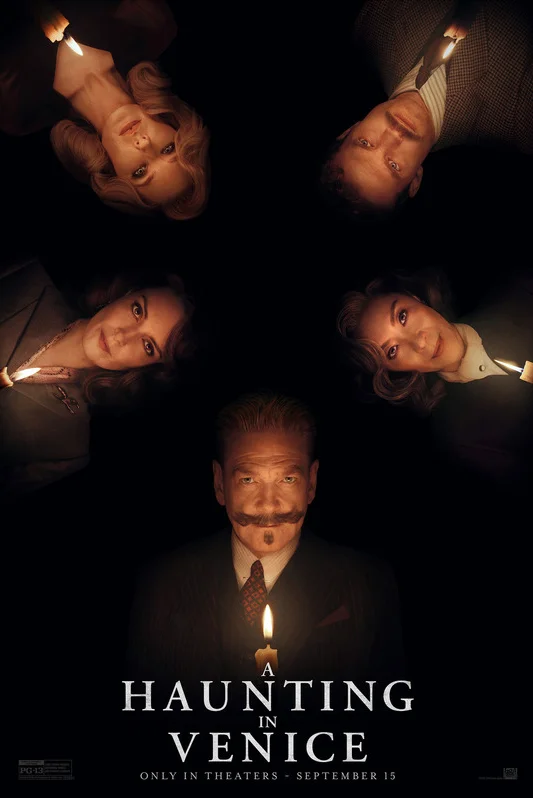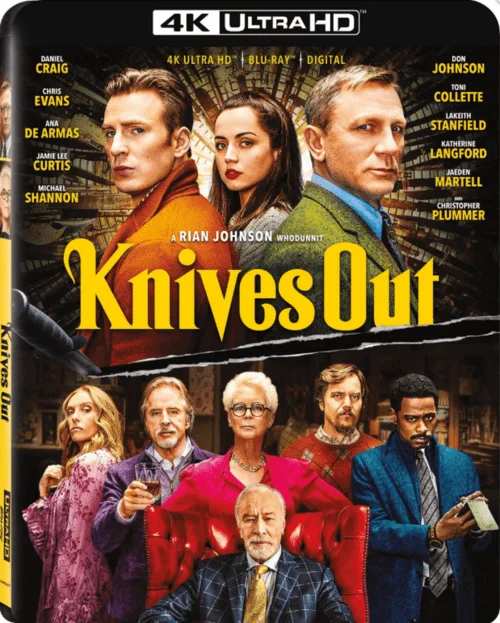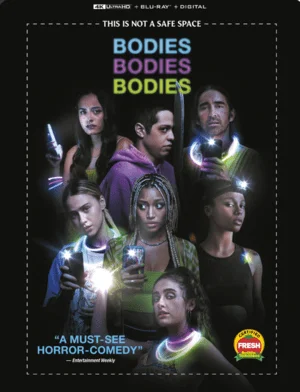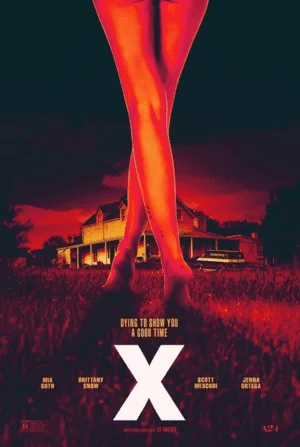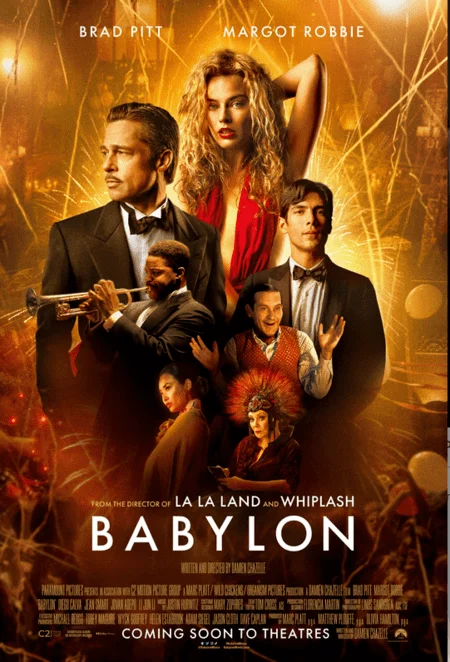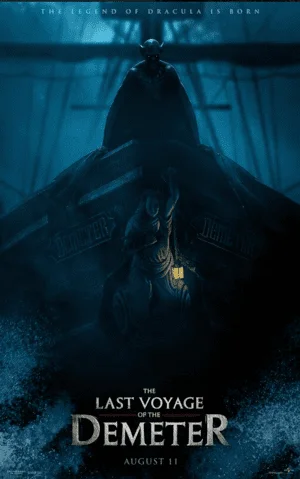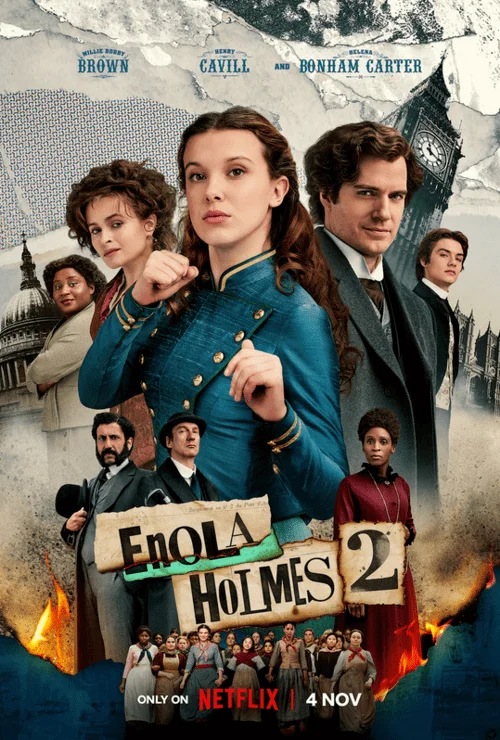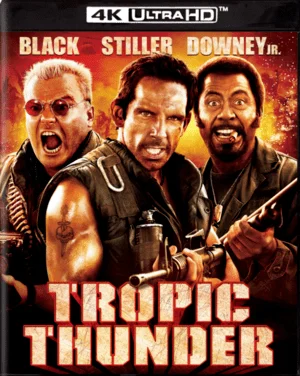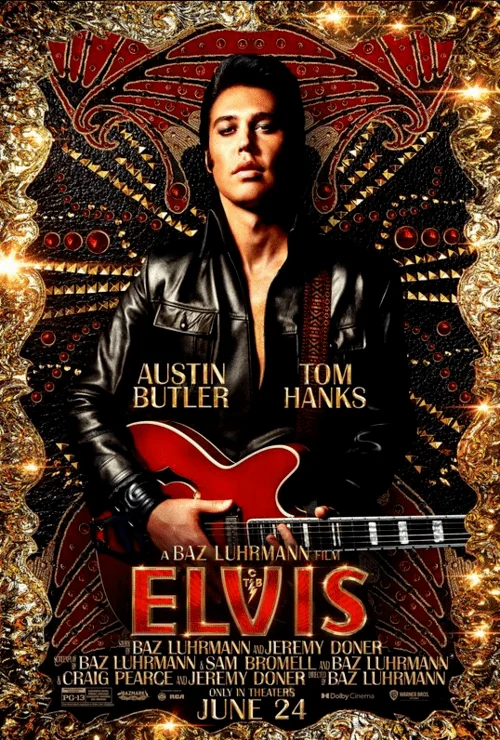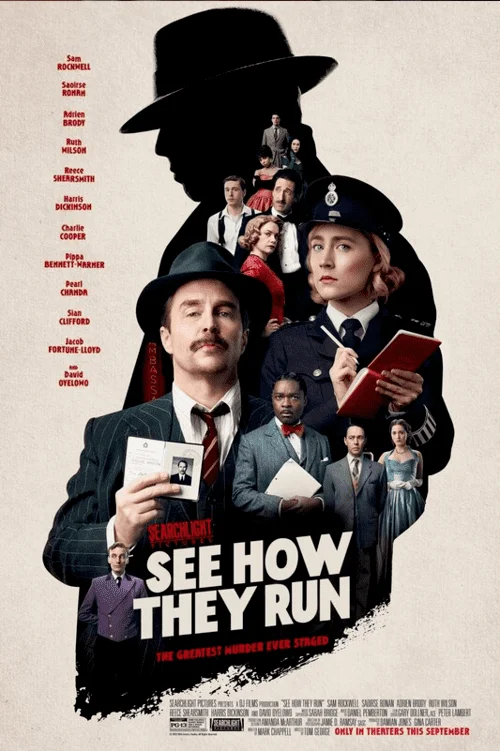
See How They Run 4K 2022 2160p WEB-DL
Cast: Kieran Hodgson, Pearl Chanda, Gregory Cox, Harris Dickinson, Maggie McCarthy, Charlie Cooper, Ruth Wilson, Oliver Jackson, Tomi Ogbaro, Reece Shearsmith, Sian Clifford, Adrien Brody, David Oyelowo, Jacob Fortune-Lloyd, Ania Marson, Saoirse Ronan, Sam Rockwell, Tim Key.

A desperate Hollywood film producer tries to bring a popular play to the screen. During the production of the film, a terrible thing happens - members of the film crew are killed. A tired inspector and his assistant policewoman have to unravel the mystery of what happened.
See How They Run 4K Review
England, 1950s. A play based on Agatha Christie's novel "The Mousetrap" is a success in London's West End theater - the actors are celebrating their hundredth performance. Hollywood producer John Wolfe (Rhys Schersmith) is going to make a feature-length film based on the play and hires a squabbling director Leo Copernicus (Adrian Brody). He first quarrels with the actors and the pretentious screenwriter Mervyn (David Oyelowo) and then dies mysteriously. A couple of cops take on the investigation of the murder: the sullen alcoholic veteran Stoppard (Sam Rockwell) and the overzealous cinephile Stalker (Sirsha Ronan).
"Watch Them Run" opens with a voice-over monologue by Adrian Brody's character, who briefly tells the audience about the essence of the whodunit genre, a special kind of detective where the detective (not necessarily, but preferably in some remote place away from civilization) has to search among suspects for one or more killers. At the beginning, he says, there is bound to be an epilogue introducing the characters. The victim is sure to be the one you'd least expect to see dead. Well, the key clue will be some little detail always lying in the most prominent place. While he's saying that, exactly the same thing is happening on screen: we're shown the prime suspects, given context, and killed by the smartass Brody himself.
From the very first scene, "Watch Them Run" declares an ironic commitment to the genre. Almost immediately, Ronan's heroine suggests, molly, maybe the killers are all together, like in "Murder on the Orient Express." During the flashback, screenwriter Mervyn complains that he hates flashbacks, and as the story progresses, Constable Stalker repeatedly dismisses the most hackneyed and predictable versions of the denouement. "Watch them run" is a whodunit who knows he is a whodunit. Moreover, he realizes that both the characters and the viewer are perfectly aware of the conventions of the unsophisticated detective plot. Tom George's film emphasizes its own artificiality: imitation imitation within imitation, a story about stories like some Wes Anderson. There's also a recognizable visual style from the latter, with warm pastel colors and calibrated frame geometry. "Watch Them Run" wants the viewer not to forget for a second that he is watching a movie, following a story that in different interpretations has already been experienced a hundred times. It may seem that the film is winking at the viewer in a postmodernist way: we all understand, the investigation is silly, let's laugh together. But it seems to be a little more complicated than that.
It's no coincidence that many of the characters are real-life members of the film and theater industry in the '50s, who, of course, have never experienced anything like this in their lives. Actor Richard Attenborough (eerily underrated artist Harris Dickinson) and his wife actress Sheila Sim (Pearl Chanda) appear in the film, producer Tom Wolfe is real, and even the protagonists' boss Harold Scott (Tim Key). There are other off-the-wall cameos that it's better not to know about beforehand. That is, "Watch Them Run" subordinates reality to a completely genre-driven plot, turning real faces, places and events into details of an obviously man-made mechanism. And all for a commentary on the relationship between art and reality.
At the same time, both by its plot and by its very existence, the film raises a question that often becomes a stumbling block somewhere in Internet commentary. Does the work have the right to twist reality, to tweak it to suit the needs of the author or the genre? How ethical is it to use the drama of real people to turn it into a movie, a production, or a novel for the entertainment of the public? The film has a very unambiguous answer and is somewhat synonymous with, say, Tarantino's Once Upon a Time in Hollywood. Tom George declares the genre's supremacy over life: art owes reality nothing, and is free to superimpose and reconstruct anything and everything.
You can agree or disagree with it, but the reasoning is witty. And "Look How They Run" doesn't have to be taken as some kind of art criticism at all. The strength of the picture is precisely that even without all the tricky contexts it can be viewed as an amusing whodunit. Tom George, like a good magician, lays out the details all at once and still manages to pull an extra trump card out of his sleeve. It's just a shame that in this new world, mid-budget talent just isn't needed by anyone: Watch Them Run went horribly silent and grossed only half its production value at the box office. Maybe it's just Sam Rockwell's curse. It's enough for him to go from the supporting cast to the front of the stage, and any even the most outstanding film goes completely unnoticed. I guess we just don't deserve Rockwell.
File size: 17.0 GB
Trailer See How They Run 4K 2022 2160p WEB-DL
Latest added movies
Comments on the movie
Add a comment
 like
like do not like
do not like